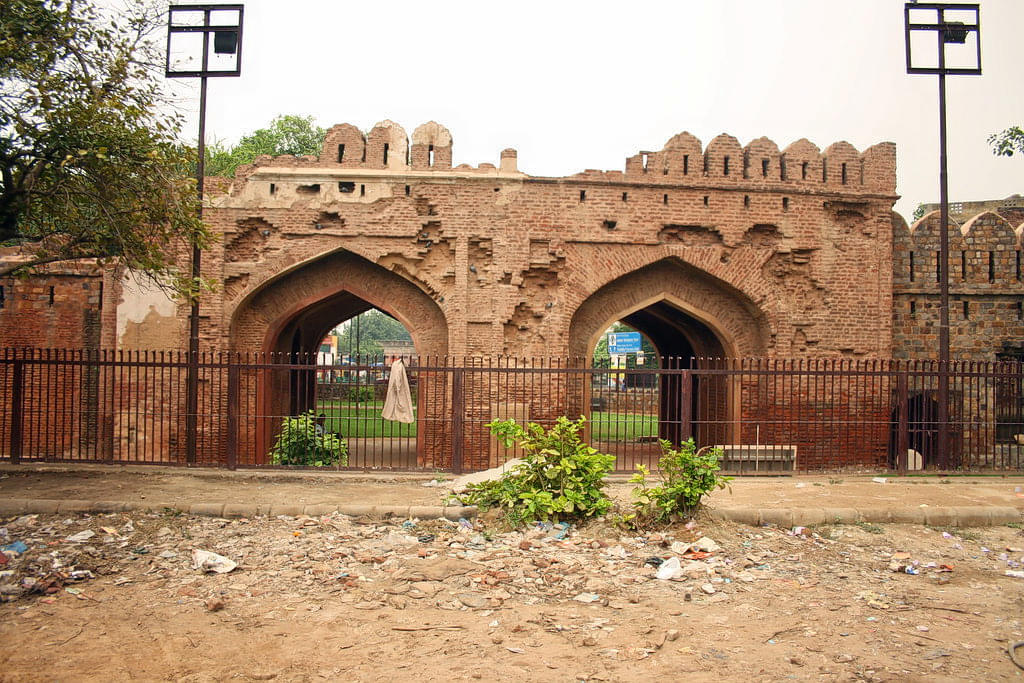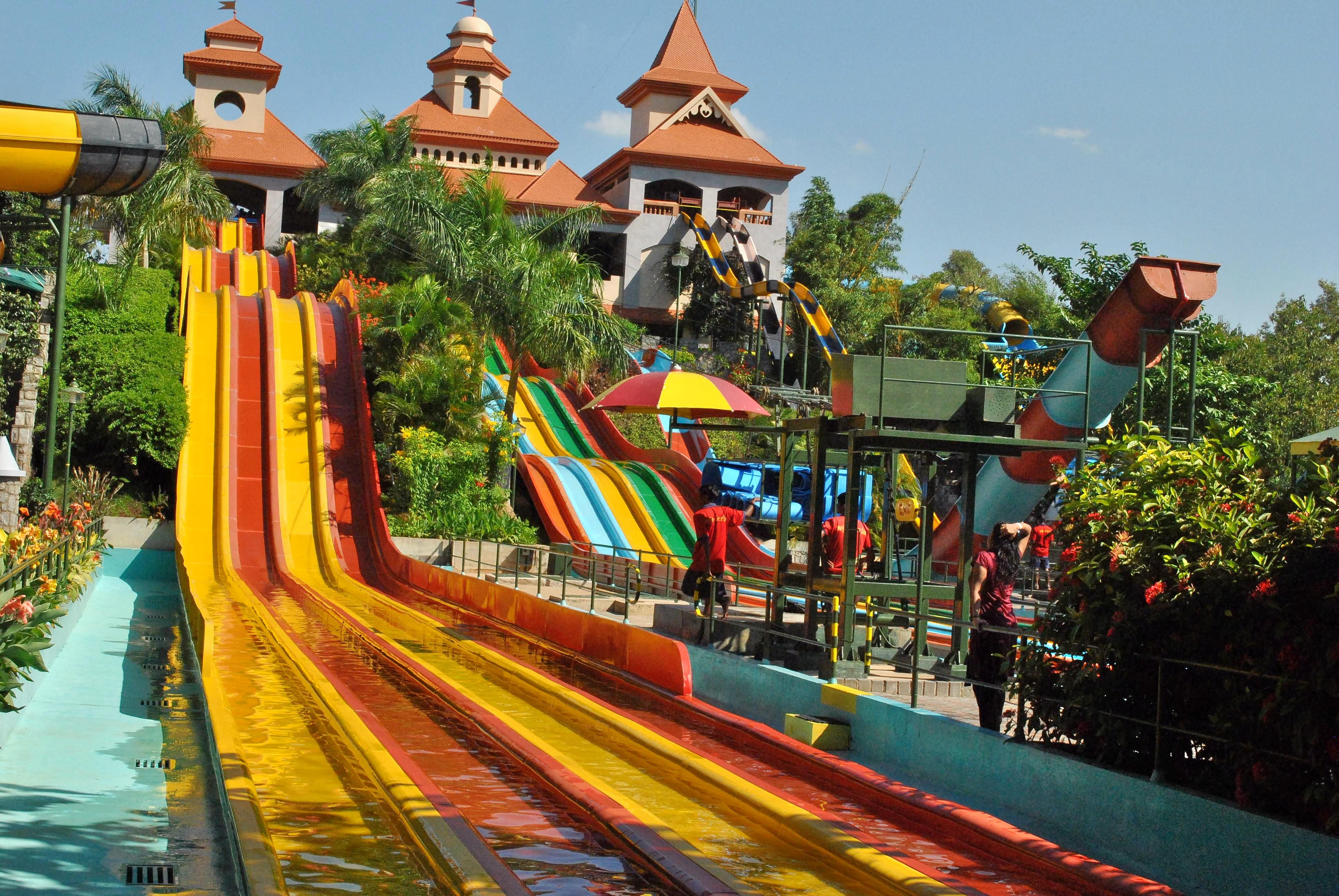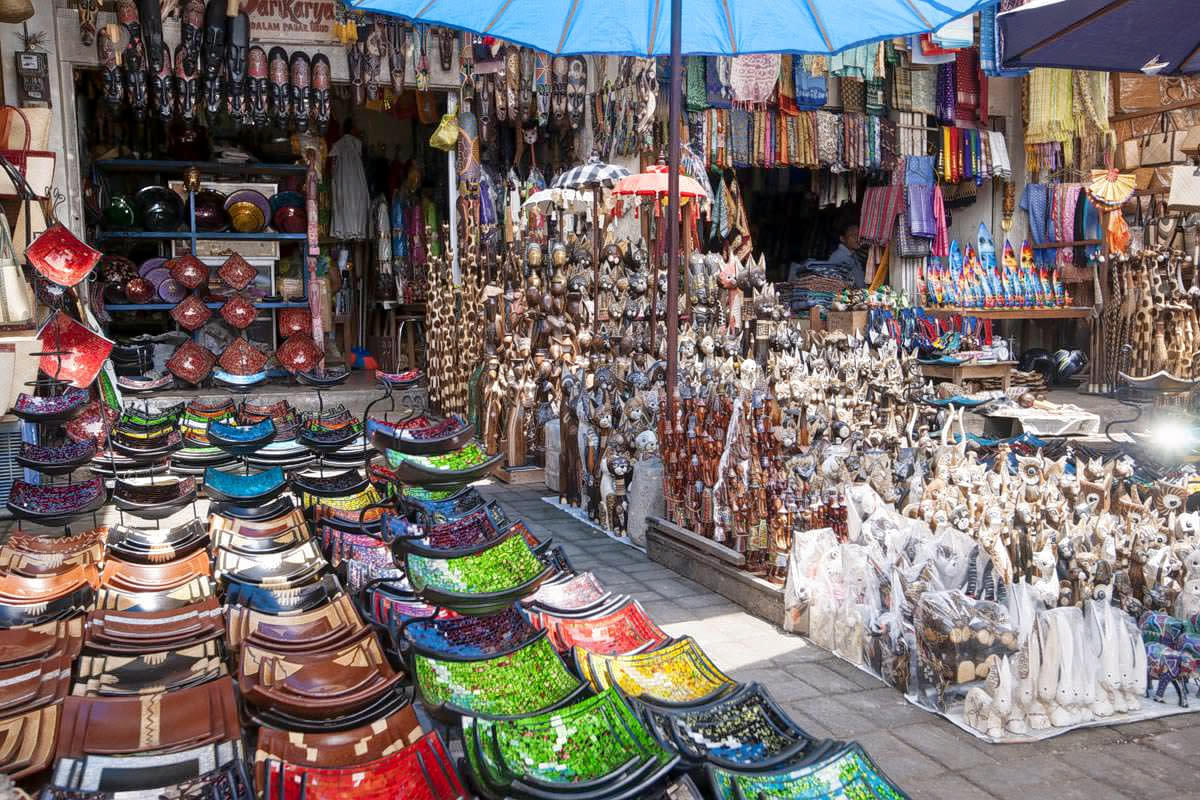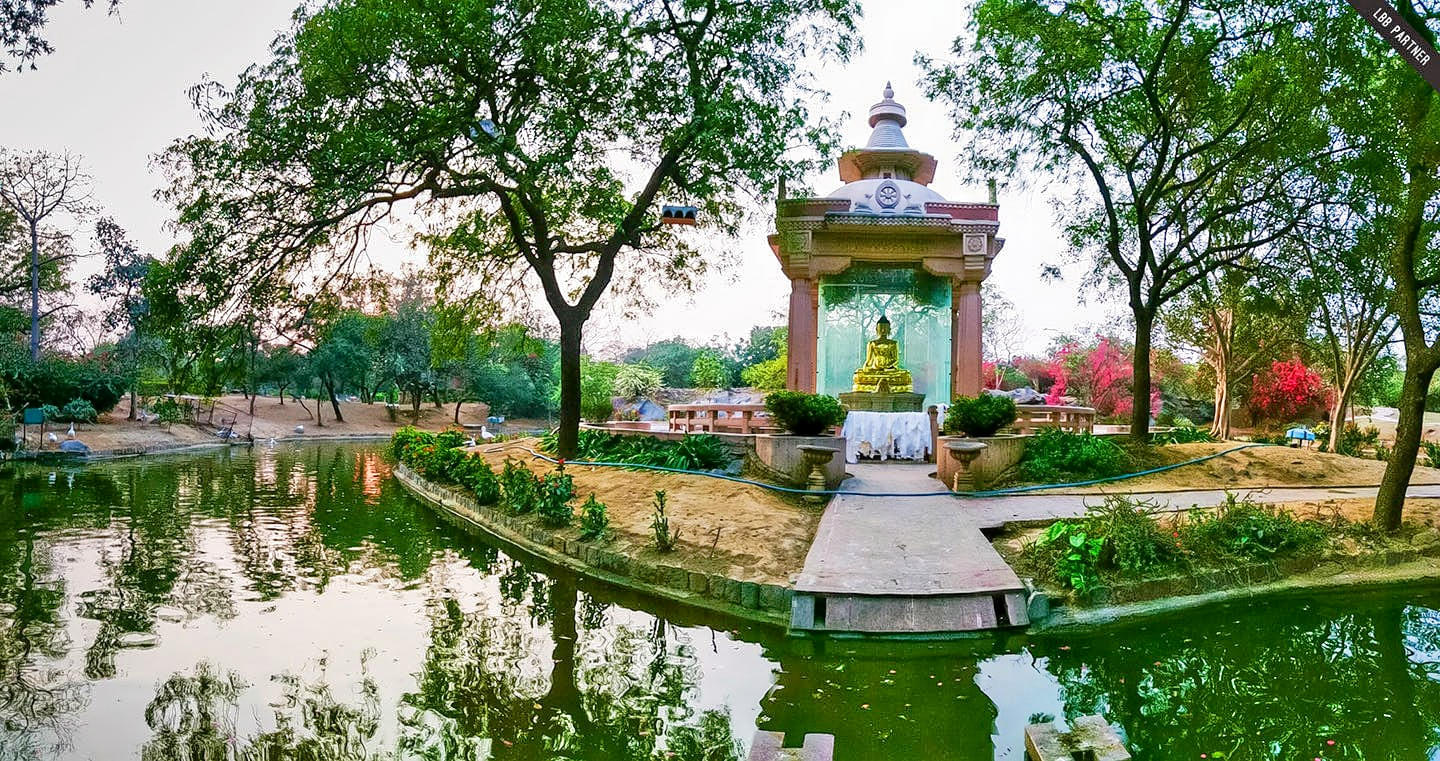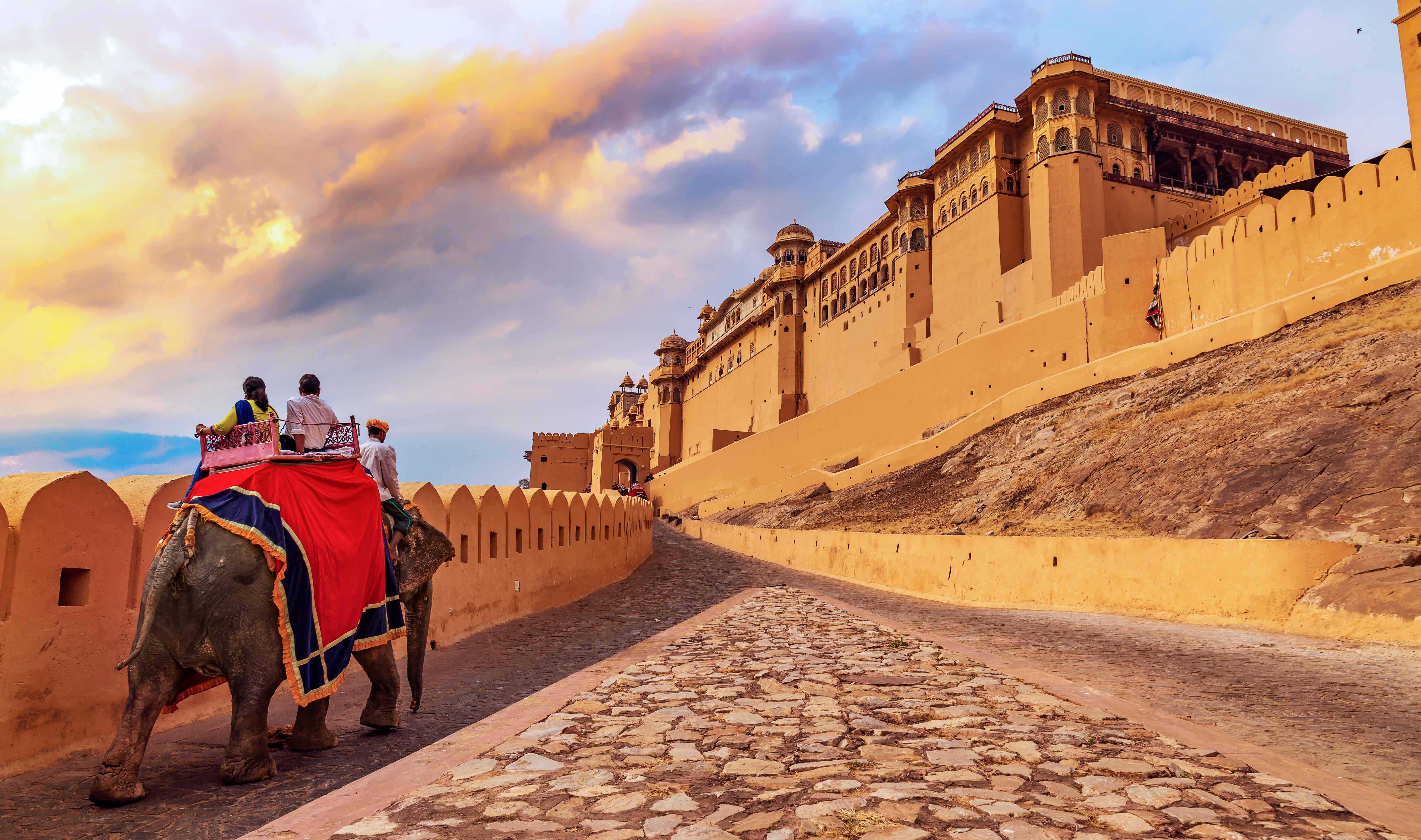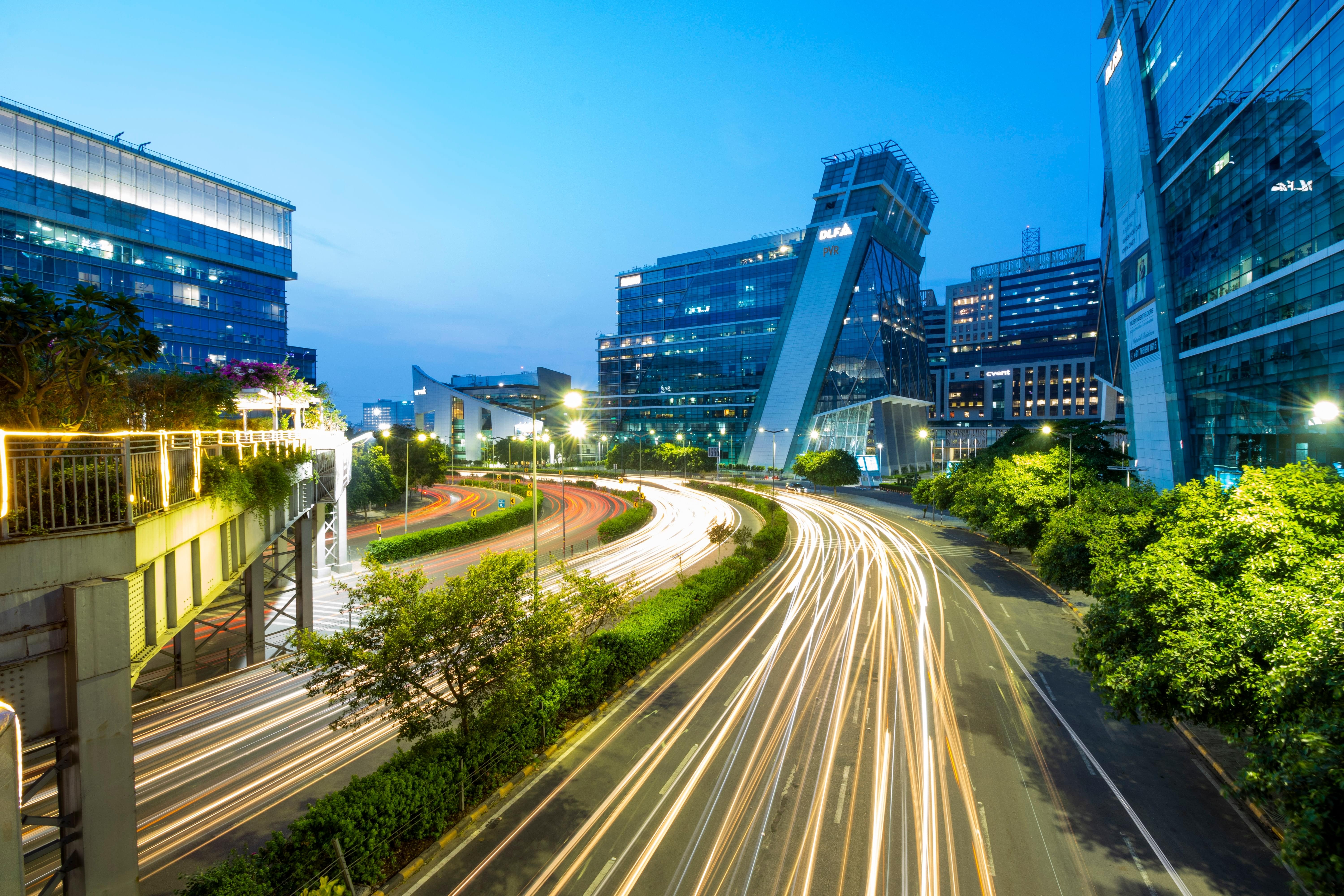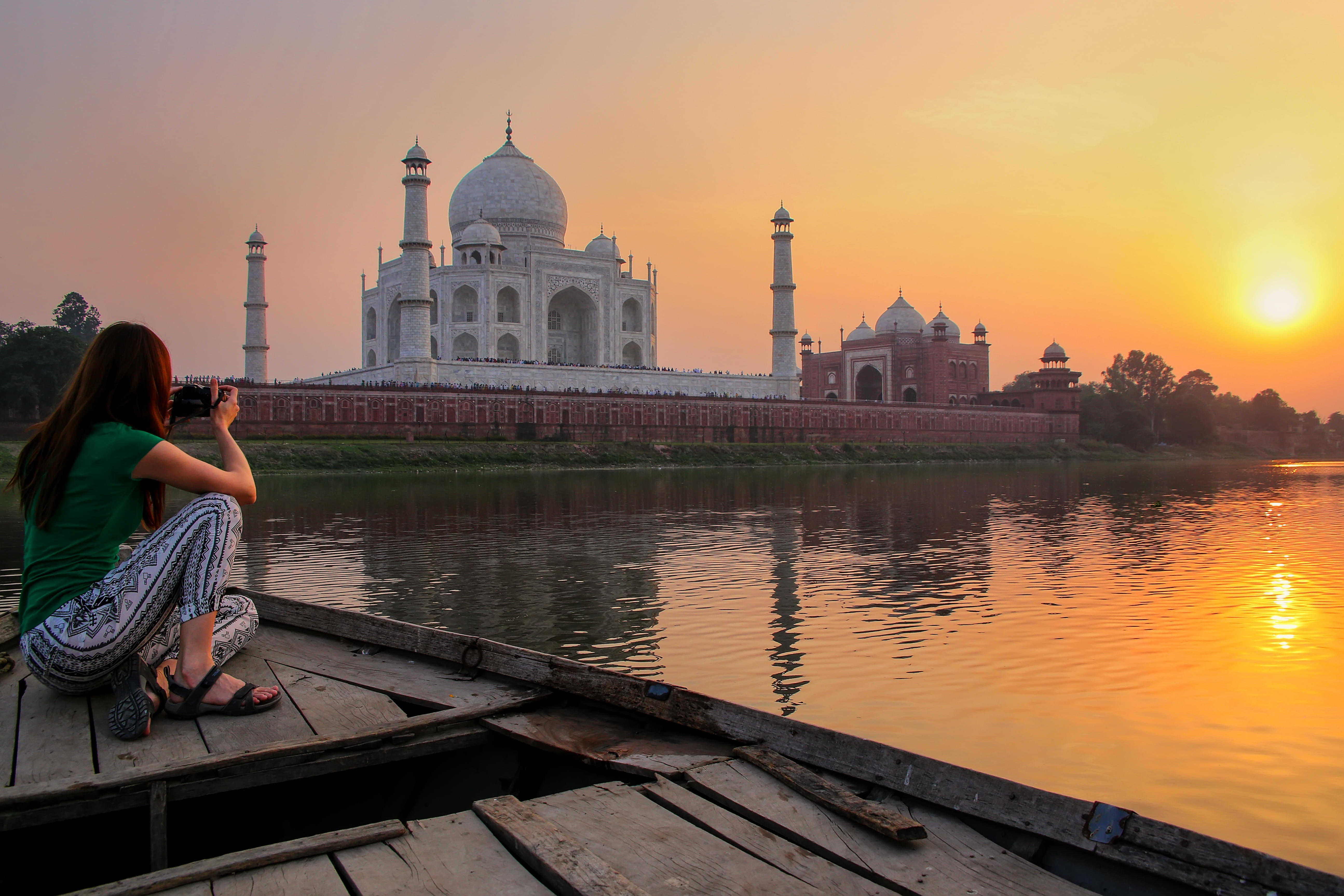About National Museum Delhi
The National Museum or National Museum of India in New Delhi is one of the largest museums in India. Situated on Janpath Road, the museum is a hotspot for people who are indulged in art, culture, and history. After granting the appointment from the Government in India, in 1946 the Maurice Gwyer Committee laid the foundation stone of the National Museum. The National Museum of India was completed and inaugurated on 15th August 1949. This marvel functions under the Ministry of Culture of the Government of India.The museum houses more than 2,00,000 artifacts of Indian and International origin. The works of art and culture displayed here are said to be over 5,000 years old. Some artifacts belong to the ancient civilization of Harappa. Tourists from all over the globe visit the museum not only to see the wonders of ancient civilizations but also to witness the culture of various nations through the various paintings, statues and sculptures that are here.
The National Museum of Delhi operates with a full-fledged list of various departments, viz.
1. Archaeology
2. Arms & Armour
3. Central Asian Antiquities
4. Anthropology
5. Manuscripts
6. Paintings
7. And many other departments.
The various departments hold artifacts that represent the glorious and rich past of the civilizations and also reflects the diverse ways of practicing architecture and art. The museum has a lot of knowledge to offer to the visitors who have minimal interest in history and ancient civilisations.
History of National Museum
An exhibition in 1947-48 of various Indian historical artifacts was on display in the Royal Academy of London. Taking an idea or inspiration from this, various curators from the exhibition decided to plan a similar exhibition to display artifacts from museums across India. With this, an exhibition was organized in Delhi in the Rashtrapati Bhavan in 1949. The exhibition turned out to be a very popular one and this led to the idea of establishing a permanent museum.
The construction work of the museum was given a green signal and by 1949, the National Museum of India was constructed. C Rajagopalahchari, the then Governor-General of India inaugurated the museum on 15th August 1949. The various ancient artifacts in India’s possession were out on display in the museum and the place became a center of knowledge and history.
Through the years, there were various modifications and several other constructions that took place in and around the museum. With all the advancements completed, the final phase of the museum was ready by 1989.
How To Reach National Museum Delhi
By Metro: One can take a metro from IGI Metro Station towards New Delhi and then change on the yellow line towards Huda City Centre at the New Delhi station and get down at Central Secretariat. After getting down, you can walk along Janpath to reach the National Museum.
By Road: The National Museum is around 13km from Delhi Airport and can easily be reached through road. One can take a private cab or book it online for the museum. Buses can also take you to the museum but the frequency is not much and it will cost you more time.
Best Time To Visit National Museum Delhi
The best season to visit museum is during the winter season(October-January. As the environment in the winter is cold and mild, a visit to the museum during winters will make it more mesmerising.
The best day to visit the National Museum is Wednesday morning. Every Wednesday, the authorities conduct gallery talks where visitors are taken across their choice of the gallery. It is advisable to reach the museum by 10 am as there would be a rush on the ticket counters.
National Museum Delhi Other Essential Information
- Location: Janpath, New Delhi
- Timings: 10 am to 6 pm Tuesday to Sunday. The museum remains closed on Monday
- Price: Rs. 20 for IndiansRs. 650 for Foreigners which includes Audio Guide
For students, up to 12th Std. (with valid id-card) , there is no entry fee.
Tips for Visiting National Museum
Since the place is of National importance, there are some instructions that you have to follow
1. Taking videos inside the museum premises is not allowed
2. One can take pictures inside the premises but only after taking the necessary permissions from the authorities.
3. For elderly people or differently-abled, wheelchair service is available. It is advisable to book the wheelchair in advance.
4. Do not miss the precious Indian Jewellery Collection at the Alamkara Collection of the museum.
5. Want to see the playing cards of ancient times? See the Ganjifa Cards in the Decorative Arts Gallery.
6. Always check in advance the timing of the guided tours of various galleries.


